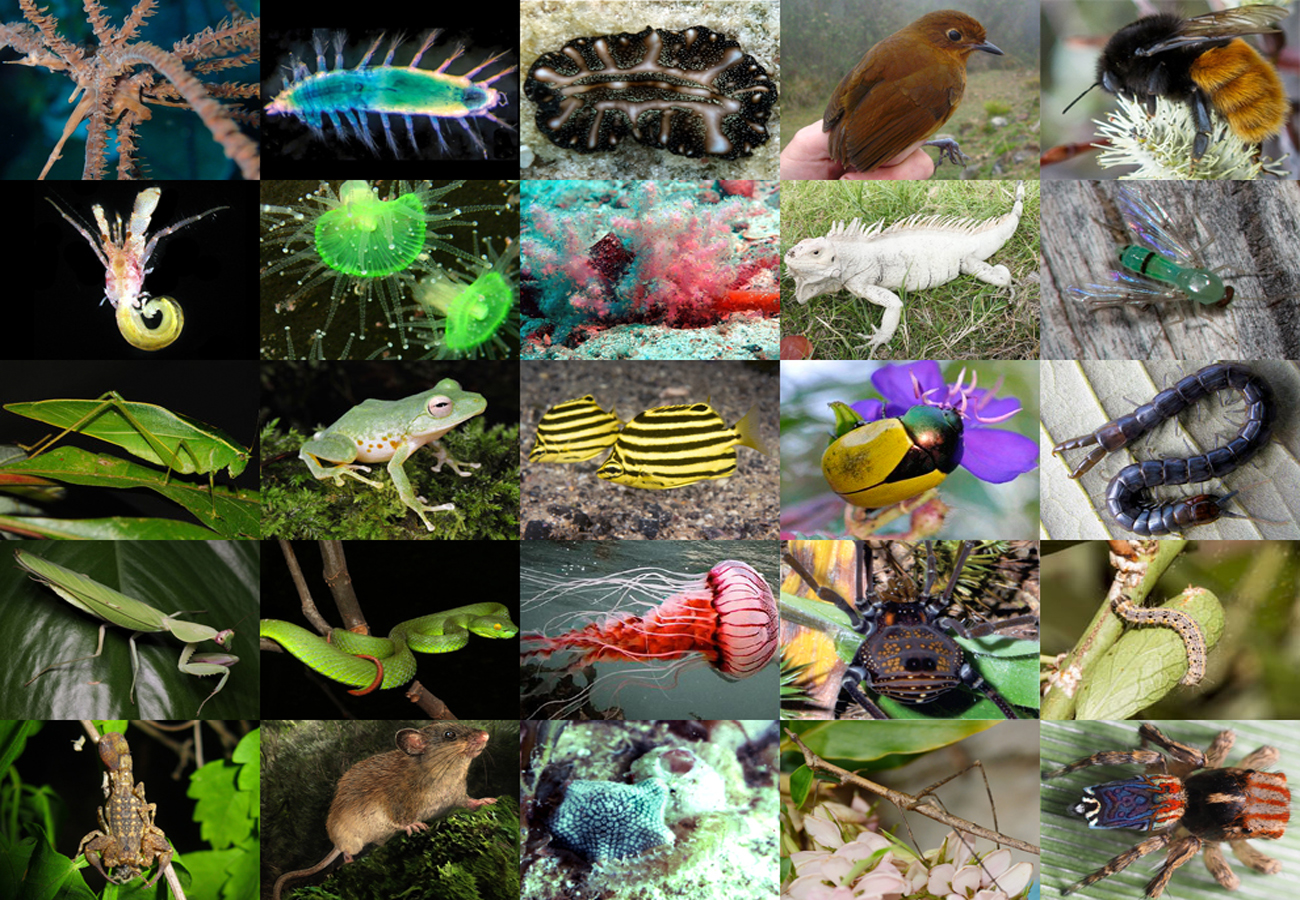Abstract
Although the first issue of Zootaxa appeared in 2001 it was not until two years later, in August 2003, that this aspiring and inspiring new journal issued the first paper on the insect Order Thysanoptera, in Volume 268. Moreover, it was not until February 2005 that the second paper concerning this group appeared in Zootaxa. The subsequent expansion is summarized most succinctly by the number of Thysanoptera papers that appeared in Zootaxa in each of the four five-year periods of these two decades: 5; 40; 92; 134 (see Table 1). The 270 papers concerning this group of insects that appeared in Zootaxa over the 20-year period involved more than 120 authors. These papers were submitted by workers from about 30 different countries, but most of them were from areas of high but previously unexplored species diversity, particularly Australia, Brazil, China, India, Iran, Japan and Malaysia. However, significant contributions were submitted from the far north, including Poland and Russia, as well as the far south, such as Argentina and New Zealand. One reason for the popularity of Zootaxa amongst workers on thrips is presumably the knowledge that this section is edited by two active students of these insects. The editors are pleased to have rejected no more than five papers over these two decades, but they provide much help to authors in shaping manuscripts to ensure that the submitted information is both appropriate, scientifically correct, novel and clearly expressed. Moreover, the journal ensures that manuscripts are published very quickly, usually within four weeks of acceptance by the editors. For the readers a further advantage of Zootaxa is that just over 50% of the published articles on Thysanoptera are freely available on the web, as authors have arranged for Open Access. The thrips publications issued in Zootaxa have included descriptions of 563 new species and 41 new genera of Thysanoptera. These new species represent 9% of the 6300 valid extant species currently listed in this Order, and the new genera represent 5% of the 780 currently recognized genera (ThripsWiki 2021). Many of the publications are only of one or two pages and are issued as Correspondence. Each of these deals with a single new species, or a previously unknown male of a species, or some new and particularly unusual record for a country or host plant. At the opposite extreme are the Monographs that involve revisions of all of the species in a genus, such as the 60 species recognised in the South American genus Holopothrips, or the 30 species known in the worldwide genus Mycterothrips. Others provide illustrated keys to large numbers of genera, such as the 100 genera of Phlaeothripinae that have been recorded from South East Asia. Such extensive studies provide the factual resource on which many of the Articles published in Zootaxa are based. These Articles range from taxonomic revisions of small genera, or of the species found in particular geographic areas, through studies on character state variation and homologies, to historical accounts and catalogues. The very considerable increase in information in recent years about the taxonomic and biological diversity of this group of insects (Mound & Hastenpflug-Vesmanis2021) owes much to the existence of the journal Zootaxa.
References
Mound, L.A. & Hastenpflüg-Vesmanis, A. (2021)All genera of the world: Order Thysanoptera (Animalia: Arthropoda: Insecta). Megataxa, 6 (1), 1–68.
https://doi.org/10.11646/megataxa.6.1.1
ThripsWiki (2021) ThripsWiki—providing information on the World’s thrips. Available from: http://thrips.info/wiki/Main_page (accessed 1 Feb. 2021)


